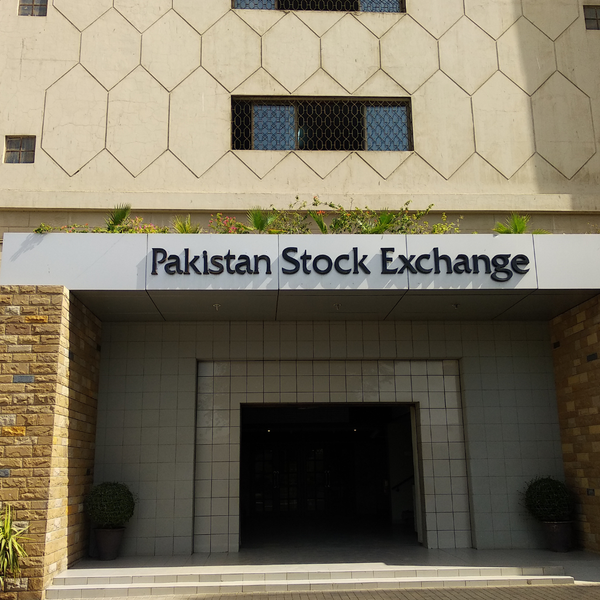Amid U.S. Trade war, Pakistan sees rare opportunity in textile exports
Textile sector poised to benefit from shifting supply chains; falling oil prices ease economic pressure

Javed Mirza
Correspondent
Javed Iqbal Mirza is an experienced journalist with over a decade of expertise in business reporting, news analysis, and investigative journalism. His work spans breaking news, editorial pieces, and in-depth interviews.

As the U.S. escalates tariffs under President Donald Trump’s renewed trade policies, Pakistan stands to benefit from shifting global supply chains, even as the broader international community braces for economic uncertainty.
According to a special section of Economic Survey of Pakistan, Pakistan could gain market share in key U.S. import categories — particularly textiles, apparel, and home goods — as American buyers seek alternatives to heavily taxed Chinese, Cambodian, and Vietnamese products. While Pakistan faces moderate U.S. tariffs, they remain lower than those imposed on many competitors, presenting a rare opportunity for export growth.
Pakistan, already a major textile producer, is well-positioned to expand exports of cotton trousers, knit shirts, and denim to the U.S. Home textiles — including bed linens, towels, and curtains — also offer strong potential, given Pakistan’s existing export base and higher tariffs on rival suppliers.
Beyond textiles, leather gloves, sports goods, and footwear could see increased demand as U.S. importers pivot from Chinese and Vietnamese goods. Industry analysts suggest that with targeted improvements in quality and compliance, Pakistan could solidify its role as a reliable supplier in these sectors.
Falling Oil Prices Ease Economic Pressure
Meanwhile, declining global oil prices are providing Pakistan’s economy with much-needed relief. Brent crude dropped to $64 per barrel on May 17, 2025, easing inflation and reducing the import bill. Goldman Sachs forecasts further declines, predicting Brent could fall to $55 per barrel by December 2026.
This trend is particularly beneficial for Pakistan, where petroleum and energy-related products account for 28% of imports. Lower energy costs are expected to boost the competitiveness of export-driven industries, including textiles.
Limited Short-Term Risk, Long-Term Potential
Pakistan’s Ministry of Commerce estimates that the immediate negative impact of U.S. tariff policies will not exceed $400 million. However, officials caution that projections depend on rapidly shifting global trade dynamics.
Pakistan has already engaged U.S. authorities to negotiate the additional tariffs imposed on its exports. Both government and private-sector leaders express optimism that a resolution can be reached through dialogue.
Pakistan is one of the largest importers of U.S. cotton, a critical input for its textile industry. In fiscal year 2024, Pakistan purchased over $700 million worth of American cotton — a figure expected to rise this year. By importing raw materials and exporting finished goods back to the U.S., Pakistan has fostered a mutually beneficial trade cycle.
Recent agreements to resume imports of U.S. soybeans and beef are expected to further strengthen bilateral trade.
Balanced Trade Exposure Shields Pakistan
With only 17% of its total exports directed to the U.S., Pakistan maintains diversified trade ties with the EU, China, and Middle Eastern markets. This balance may help insulate the country from the worst effects of U.S. trade actions.
Pakistan’s relatively low trade-weighted tariffs (7.3% on U.S. goods, compared to the U.S.’s 9.9% on Pakistani exports) could strengthen its case for preferential treatment. While the U.S. imposed a 30% reciprocal tariff on Pakistan — lower than rates on Cambodia (49%), Vietnam (46%), and China (over 145%) — officials argue the country’s open market policies justify better access.
As global trade patterns shift, Pakistan has an opportunity to emerge as a key player in restructured supply chains. Analysts say strategic investments, improved trade diplomacy, and sector-specific policies could help the country capitalize on these changes.
“Pakistan is at a unique crossroads,” said one trade expert. “With the right approach, it can mitigate risks and secure a stronger position in the evolving global trade landscape.”










Comments
See what people are discussing